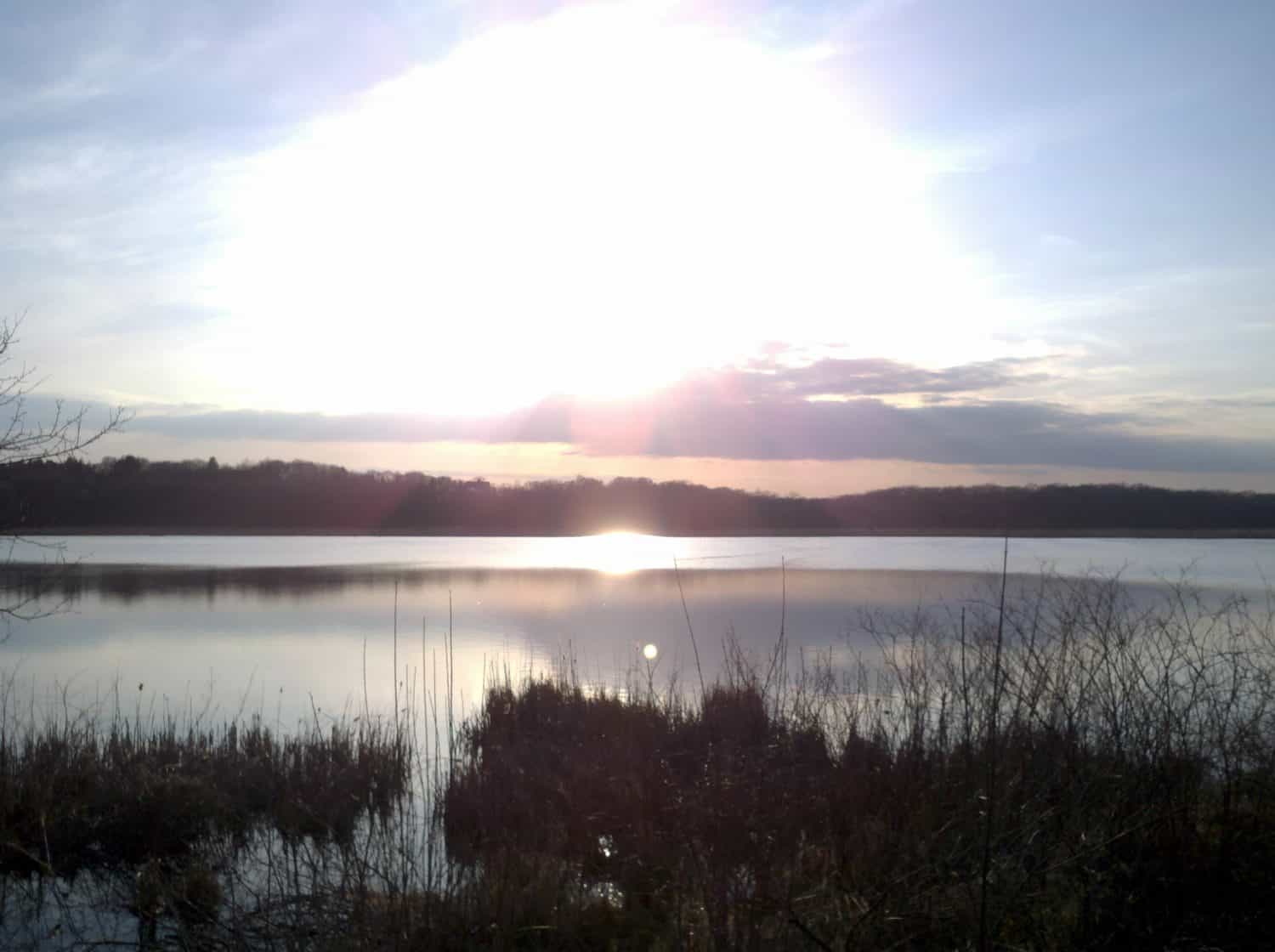Happy May! I know. I’m just as confused as the weather. Snow two weeks ago and now it’s pushing the mid-eighties. Ah, the Midwest. I think it’s safe to say we have three seasons, and in a really good year? Three and a half. I’m of course dispatching Spring. She never came and now Summer has pounced under her weakening and indecisive nature. If it wasn’t for the bizarre weather, how on earth would I start my weekly blogs? Thank you Mother Nature.
I’m lucky. I don’t suffer from allergies. At least, I don’t think so. I’ve seen family members, friends and neighbors suffering in the past few weeks, and it got me to thinking. Last year, if you recall, was one of the worst years for allergy sufferers. I think it had something to do with the drought. Honestly, I cannot remember. This year, the experts are predicting it to be bad but not as bad as last year, so at least, you have that going for you. In all seriousness, I know it can be a debilitating and frustrating condition, so I offer you the following.
The main culprit for allergy sufferers is pollen from flowers, trees, shrubs, grasses and weeds. During Spring, Summer & Fall, something is always blooming, so the irritant, unfortunately, remains for most of the year. Pollen, although annoying, is an important part of plant reproduction. Some plants purposely attract insects to help pollinate while the vast majority of plants rely solely on the wind. Fortunately, not all pollen causes allergies and with proper identification, you can somewhat minimize your exposure.
There are a number of trees to avoid, and they don’t just belong to a single species but rather a single sex – male. The allergen that triggers your allergy is usually produced by the male part of the tree. Tree species that bear separate male and female flowers on the same plant are called monecious. Examples of this species include Honey Locust, Oak, Sweetgum, Pine, Spruce and Birch. Unfortunately, there’s not much you can do than tolerate the allergen; however, tree species that bear male and female flowers on separate plants are called dioecious. Examples of this species include Cedar, Cottonwood, Juniper and Yew. Choose the females as they bear no pollen and are allergen free. Good examples to help minimize allergies are Female Ash, Female Red Maple (especially “Autumn Glory”), Yellow Poplar, Dogwood, Magnolia, Fir, Spruce and Flowering Plum.
Grasses and weeds carry even more powerful allergens than trees, yet they can be better managed. Through mowing and weed management programs, you can keep the grasses and weeds from blooming thus minimizing the allergen.
If all else fails, Dr. Joseph Leija, Chicago’s longtime official allergen measurer recommends that you wash your hands often, wash your hair before going to bed, stay inside with air conditioning and rinse your nasal passages with saline solution and lastly, take that allergy medication as recommended by your doctor.
“I used to wake up at 4 AM and start sneezing, sometimes for five hours. I tried to find out what sort of allergy I had but finally came to the conclusion that it must be an allergy to consciousness.”
– James Thurber
Best wishes,
Kim Sweeney
A year ago today, I lost my Dad to cancer. I miss him like crazy. As my Mom often rationalized, “Heaven needed a fourth”. I am forever convinced that Heaven is one never ending golf course, and God needed to bring his handicap down. Love you, Dad.

